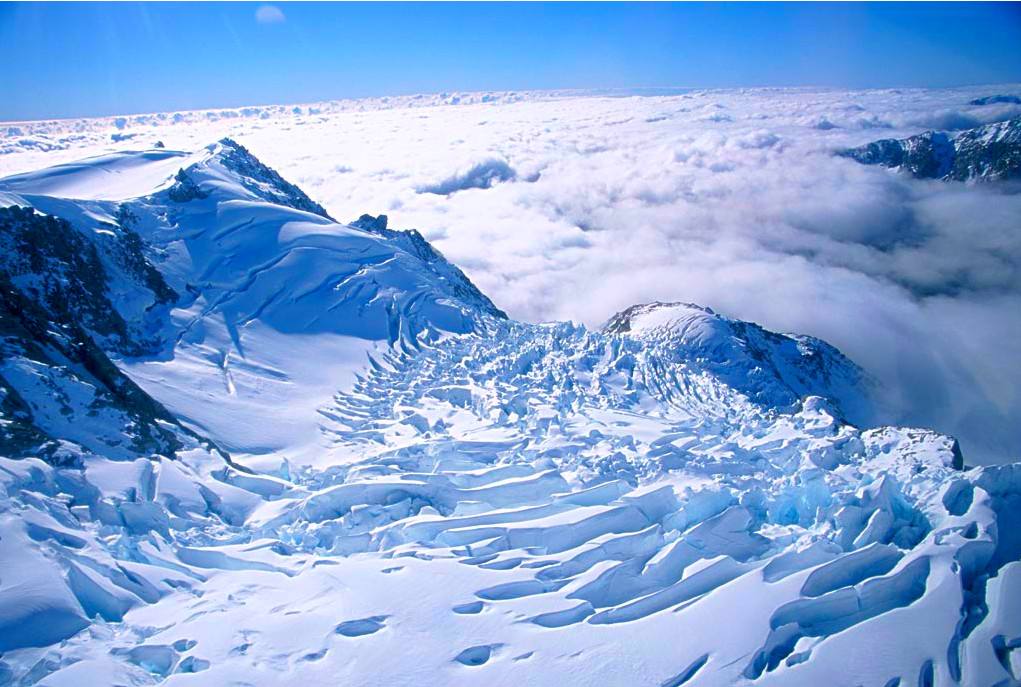They knew there was something odd about the past. The European landscape was littered with inexplicable anomalies—the bones of arctic reindeer in the warm south of France, huge rocks stranded in improbable places—and they often came up with inventive but not terribly plausible explanations. One French naturalist named de Luc, trying to explain how granite boulders had come to rest high up on the limestone flanks of the Jura Mountains, suggested that perhaps they had been shot there by compressed air in caverns, like corks out of a popgun. The term for a displaced boulder is an erratic, but in the nineteenth century the expression seemed to apply more often to the theories than to the rocks.

The great British geologist Arthur Hallam has suggested that if James Hutton, the father of geology, had visited Switzerland, he would have seen at once the significance of the carved valleys, the polished striations, the telltale strand lines where rocks had been dumped, and the other abundant clues that point to passing ice sheets. Unfortunately, Hutton was not a traveler. But even with nothing better at his disposal than secondhand accounts, Hutton rejected out of hand the idea that huge boulders had been carried three thousand feet up mountainsides by floods—all the water in the world won't make a boulder float, he pointed out—and became one of the first to argue for widespread glaciation. Unfortunately his ideas escaped notice, and for another half century most naturalists continued to insist that the gouges on rocks could be attributed to passing carts or even the scrape of hobnailed boots.












